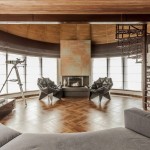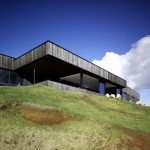
Architecture Snøhetta have completed the extension building to the San Francisco Museum of Modern Arts. Snøhetta’s expansion reimagines SFMOMA as a new art experience and gateway into the city of San Francisco. Take a look at the complete story after the jump.
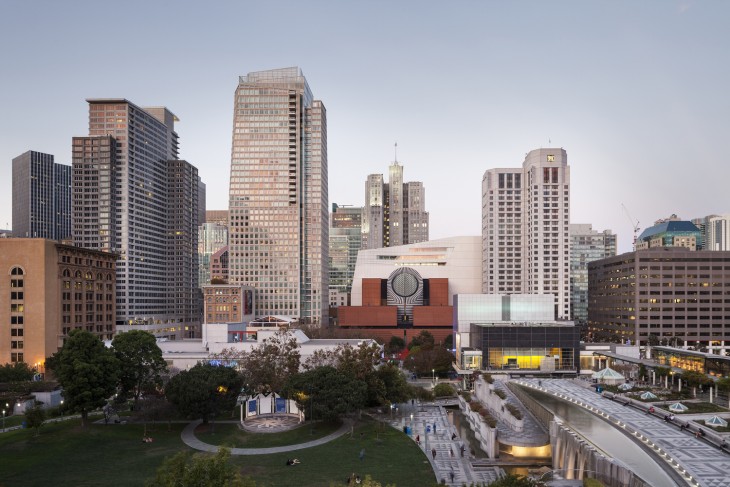
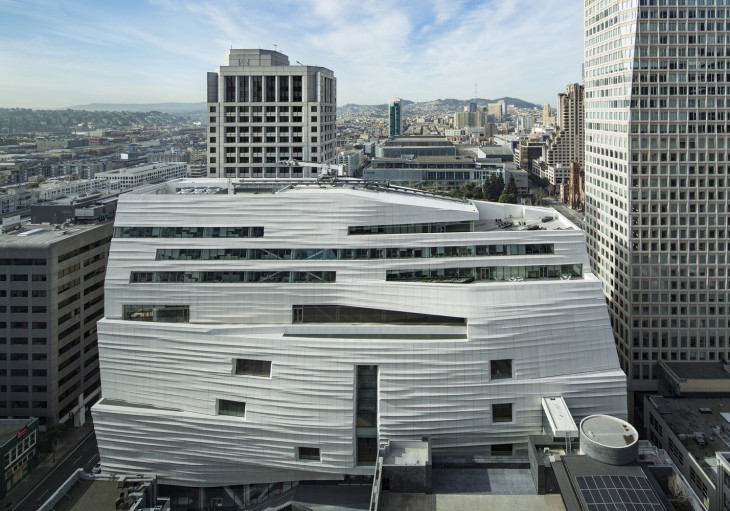
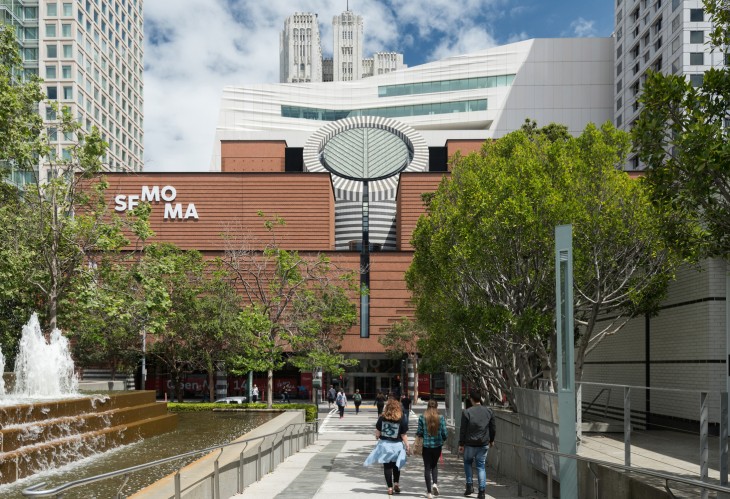
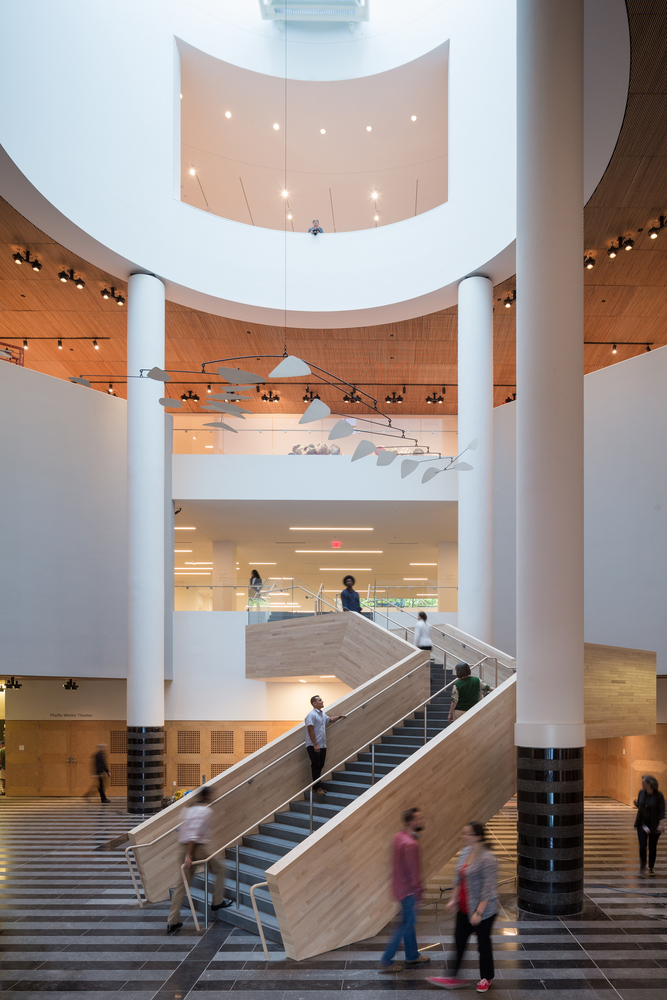
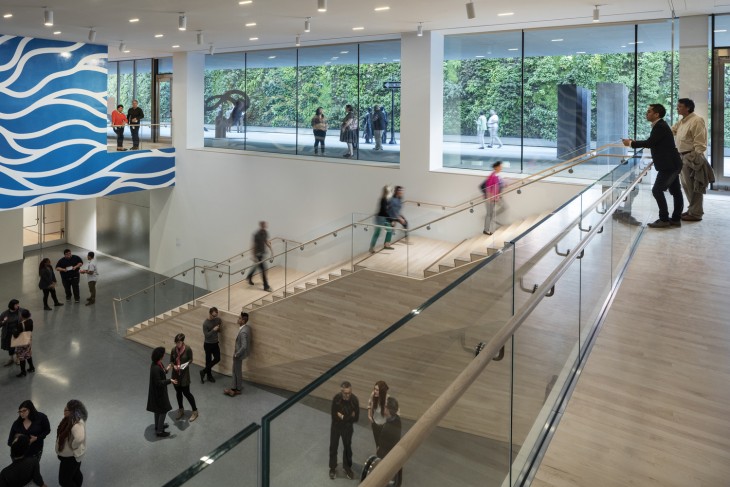
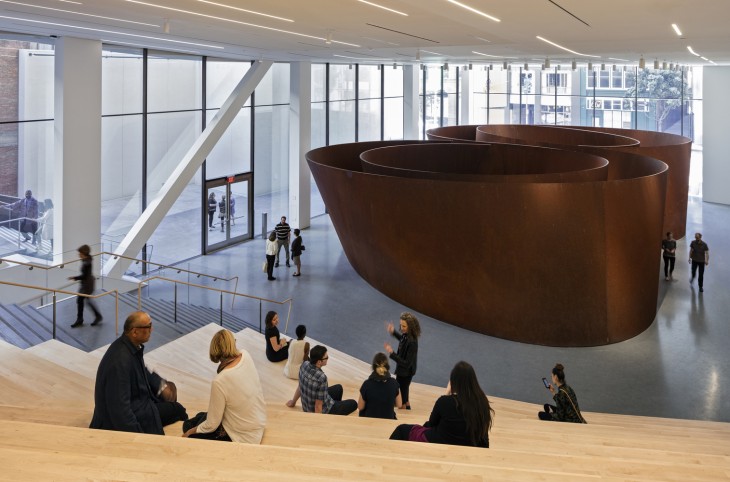

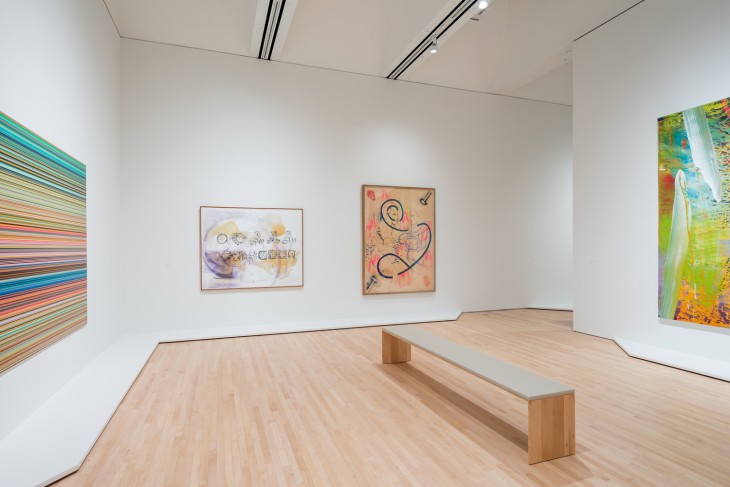

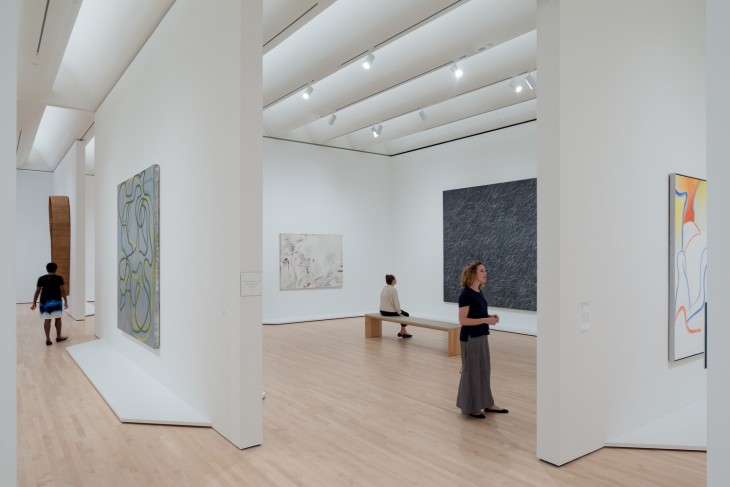
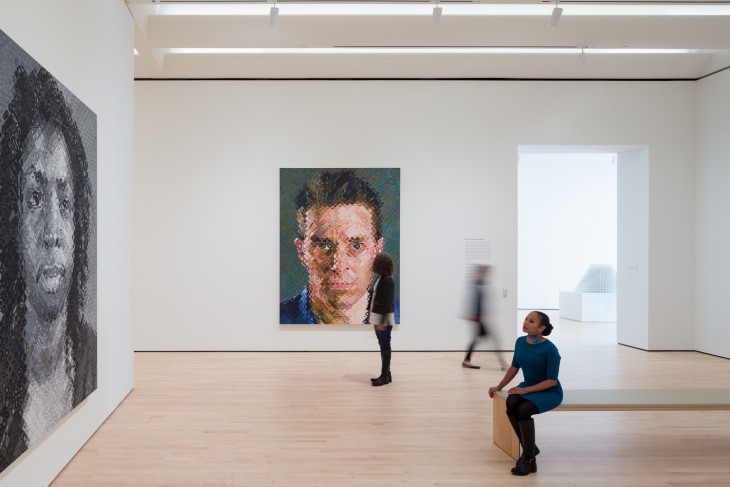
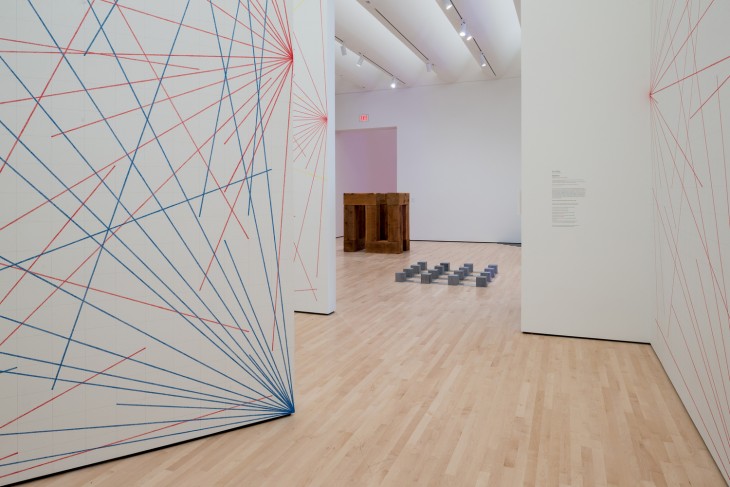
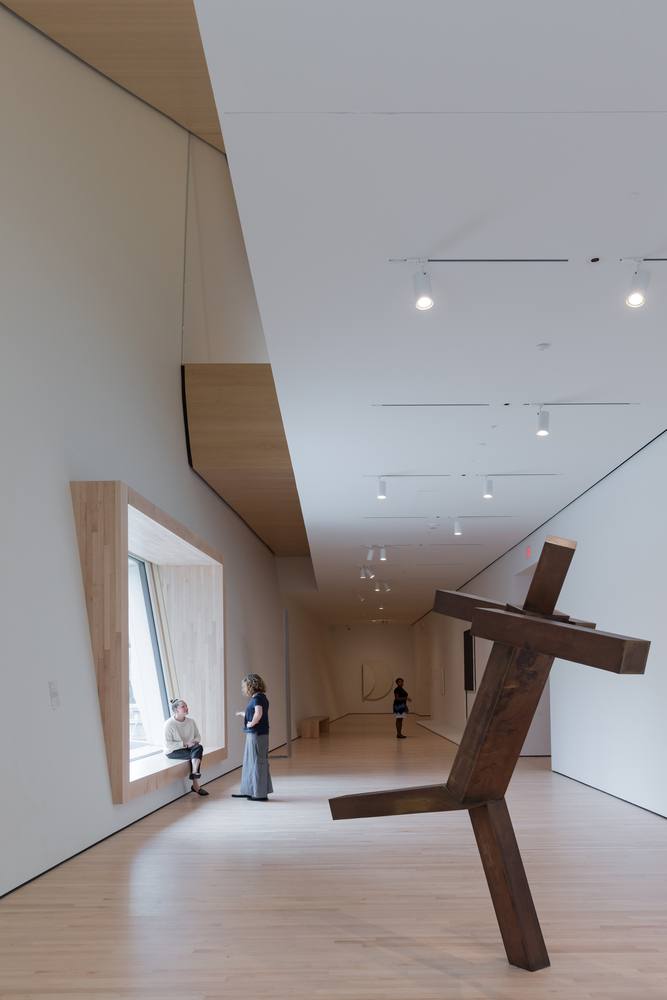

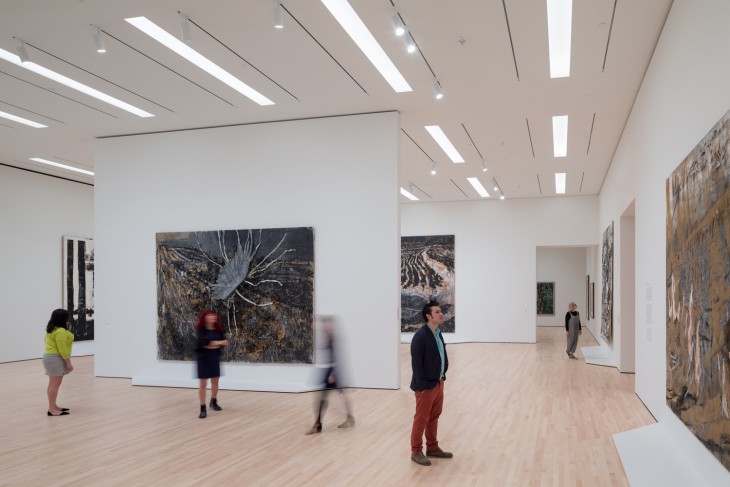
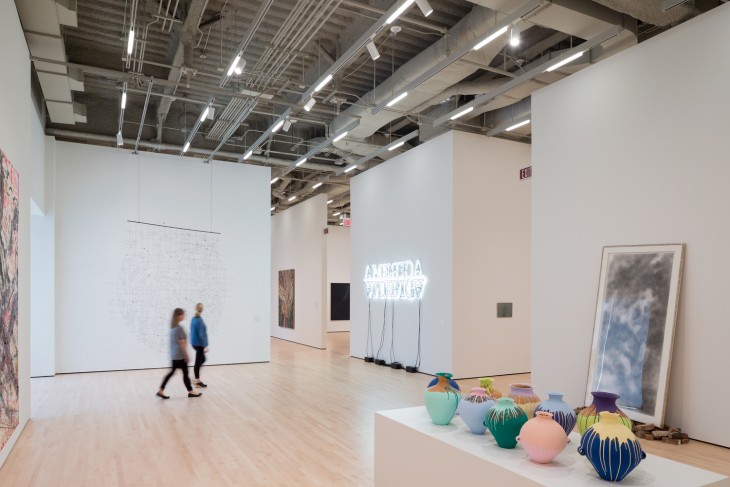
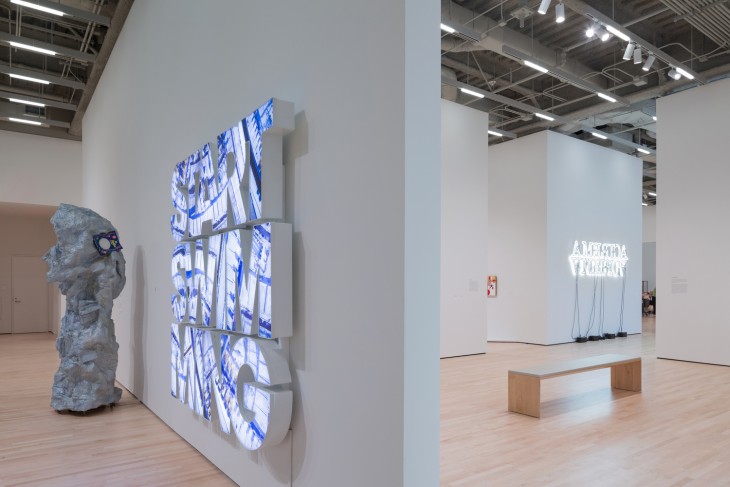
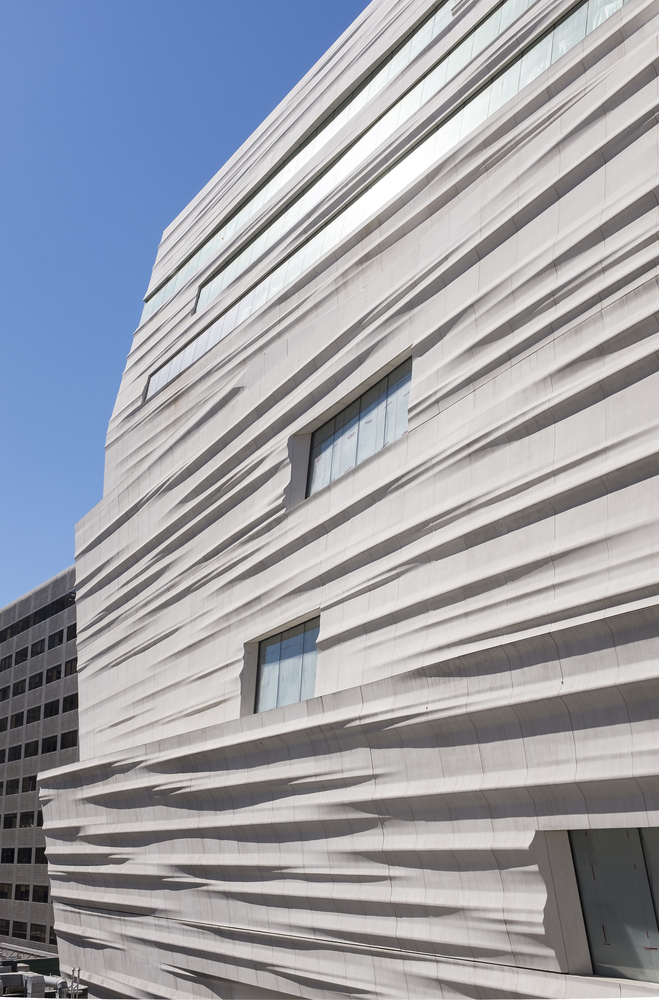
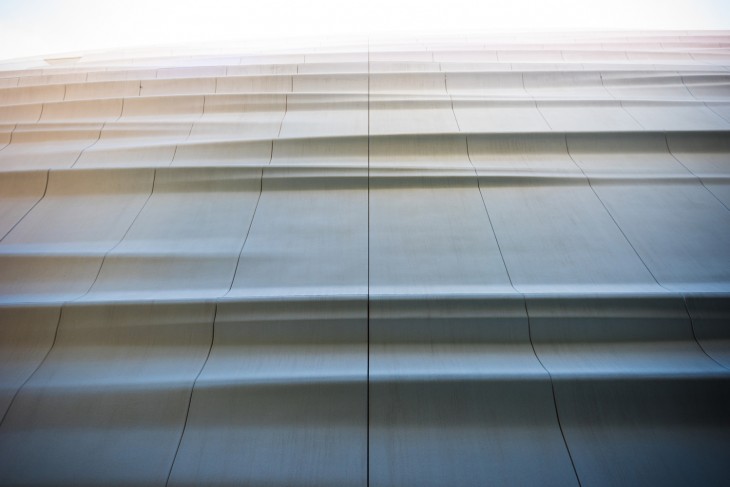
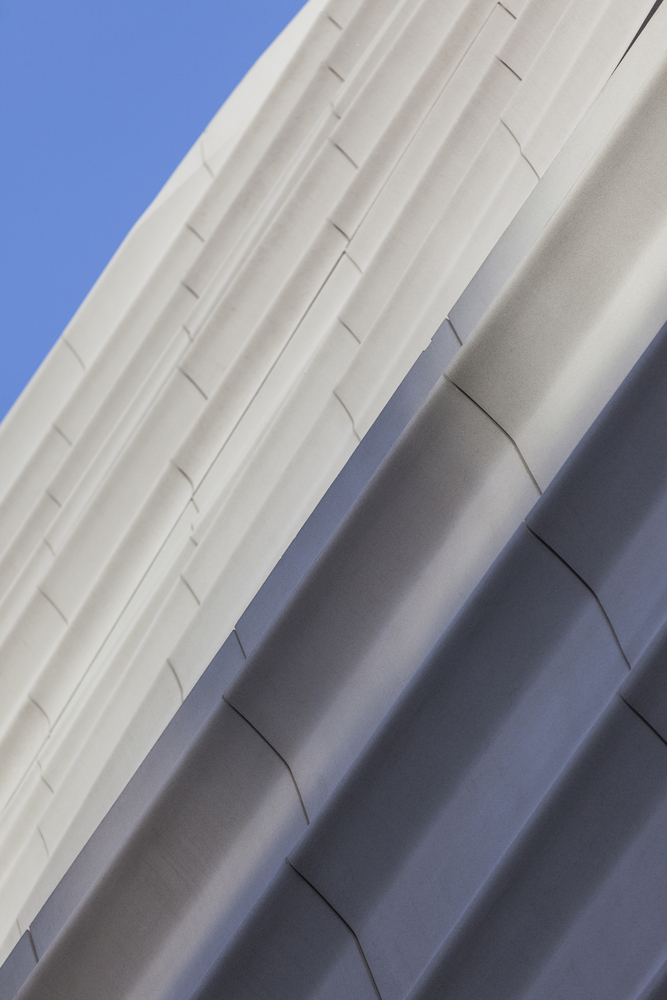
SFMOMA’s leadership worked closely with Snøhetta to design the new museum as an outward- looking and engaging gathering space. Connections to the surrounding neighborhood and city were carefully considered, along with bringing the benefits of landscape and the outdoors to the museum spaces. New pedestrian pathways around the museum and a new public entrance on Howard Streetbetter integrate SFMOMA into the South of Market (SoMa) neighborhood and activate the surrounding streetscape. The iconic eastern fac?ade of the Snøhetta-designed expansion, inspired in part by the waters and fog of the San Francisco Bay, is comprised of more than 700 uniquely shaped and locally fabricated FRP (fiberglass reinforced polymer) panels. Throughout the day, the movement of light and shadow naturally animates the rippled surface. Silicate crystals from Monterey County embedded in the surface catch and reflect the changing light. Craig Dykers, founding partner of Snøhetta and leader of the firm’s design team for SFMOMA, said, “Our design seeks to create an intimate experience, welcoming a diversity of visitors to the magnificent collection, and fostering a connection between the visitor and museum for years to come. All of the senses will be engaged as part of the experience. Wonderful day lit staircases lead visitors from floor to floor, the galleries create a comfortable viewing experience of the art, and terraces allow for moments of repose, to be reinvigorated by fresh air, sunlight and vistas of the city between galleries. The visitor should sense that the building is inspired by one of the great cities of the world, San Francisco”.
Visitors are welcomed to the new museum by two main entrances, leading to ground floor exhibition spaces that are free to all. The entrance on Third Street welcomes visitors to the reimagined Evelyn and Walter Haas, Jr. Atrium, where the iconic oculus floods the space with natural light. Alexander Calder’s 27-foot-wide mobile, Untitled (1963), is suspended beneath the oculus, drawing the eye upwards, and a new sculptural stair leads visitors to Helen and Charles Schwab Hall, the main gathering space on the second floor.
On Howard Street, a new museum entrance adjacent to the glass-walled Roberts Family Gallery, allows visitors to enter the museum through Schwab Hall. Now presenting Richard Serra’s monumental sculpture Sequence (2006), the Roberts Family Gallery is a vibrant space visible to passersby, creating a visual connection between the city and the museum and showcasing SFMOMA’s community-focused mission. Inside, a set of maple-faced Roman steps provides an informal public gathering spot and seating area. From both entrances, stairs lead visitors to Schwab Hall, the hub of the new museum. Visitors can enjoy a rotating installation of artworks, such as Sol LeWitt’s joyful Wall Drawing 895: Loopy Doopy (white and blue) (1999), or obtain admission to explore the rest of the museum. From here, a maple- clad stair leads upward to the third-floor Pritzker Center for Photography and the galleries above. The new galleries in the Snøhetta-designed expansion are intimate in scale and create ideal conditions for viewing the artworks. Diverse gallery spaces support the display of specific collections and works of various scales. Minimal, flexible, column-free galleries permit countless temporary wall layouts—a blank canvas for the curators. At opening, visitors can experience a contemplative, octagonal-shaped gallery devoted to seven works by Agnes Martin and loft-like galleries on the seventh floor that offer space for contemporary artworks.
Terraces adjacent to many galleries extend exhibitions into the city, displaying outdoor sculptures and offering unparalleled views of San Francisco. The new third-floor Pat and Bill Wilson Sculpture Terrace is home to the largest public living wall in the United States with more than 19,000 plants and 21 native species. This curated sequence of spaces allows visitors to move between incredible artworks to broad overlooks, and enjoy views of the city as they circulate through and up the museum. Complementing the museum’s incredible art galleries, the new SFMOMA features dynamic educational program and performances. The new Koret Education Center serves students, teachers and lifelong learners with a resource library and studio classrooms. SFMOMA partnered with Bay Area innovator Meyer Sound to install sound solutions throughout the museum, including a state-of-the-art Constellation acoustic system in the newly renovated Phyllis Wattis Theater. The Wattis Theater screens archival film and offers cutting-edge 4K projection. The new Gina and Stuart Peterson White Box is a uniquely flexible space, with a theatrical truss that supports a variety of performances, events or large scale artworks.
The new SFMOMA is on track to receive LEED Gold certification, and is one of the first museums in the country to employ all LED lighting throughout the gallery spaces. This measure helped the museum meet its ambitious sustainability goals.
Photography by Henrik Kam, Iwan Baan, Joe Fletcher, Jon McNeal


